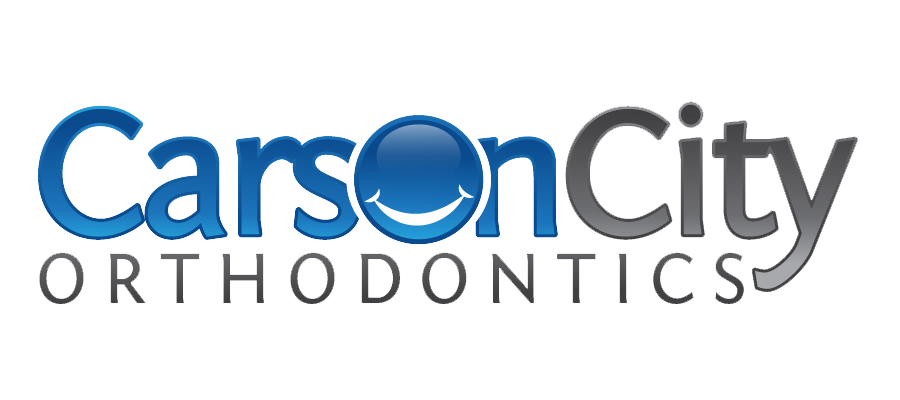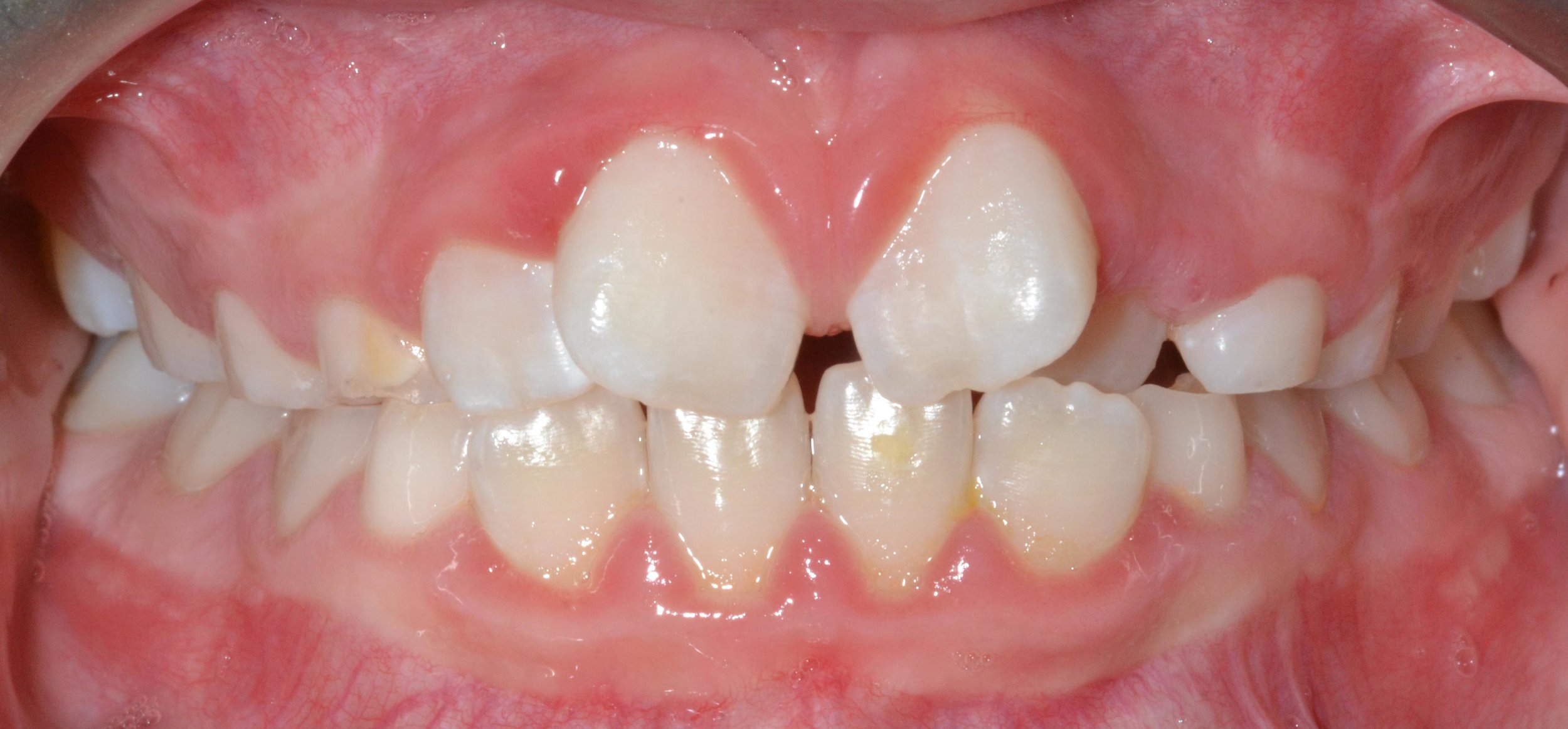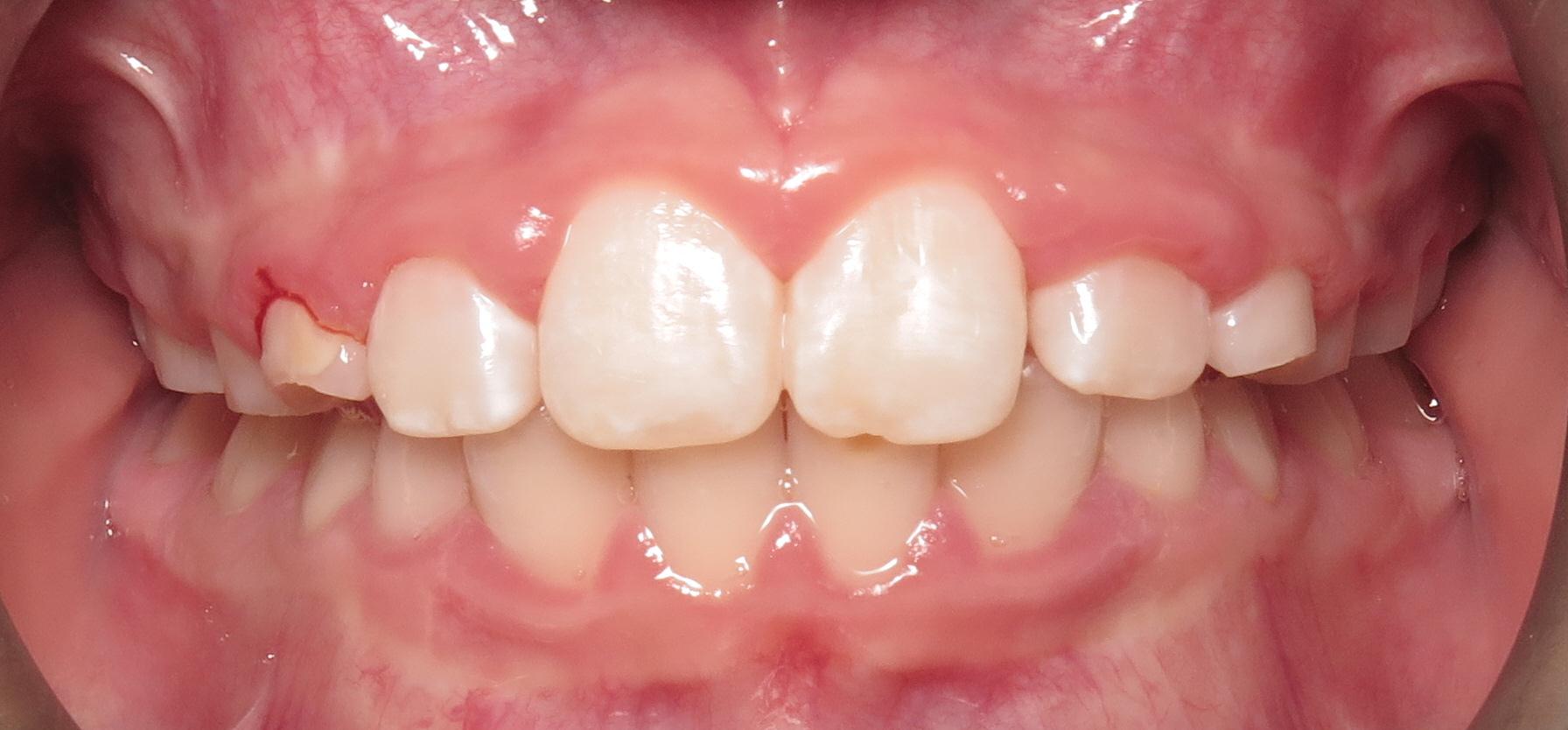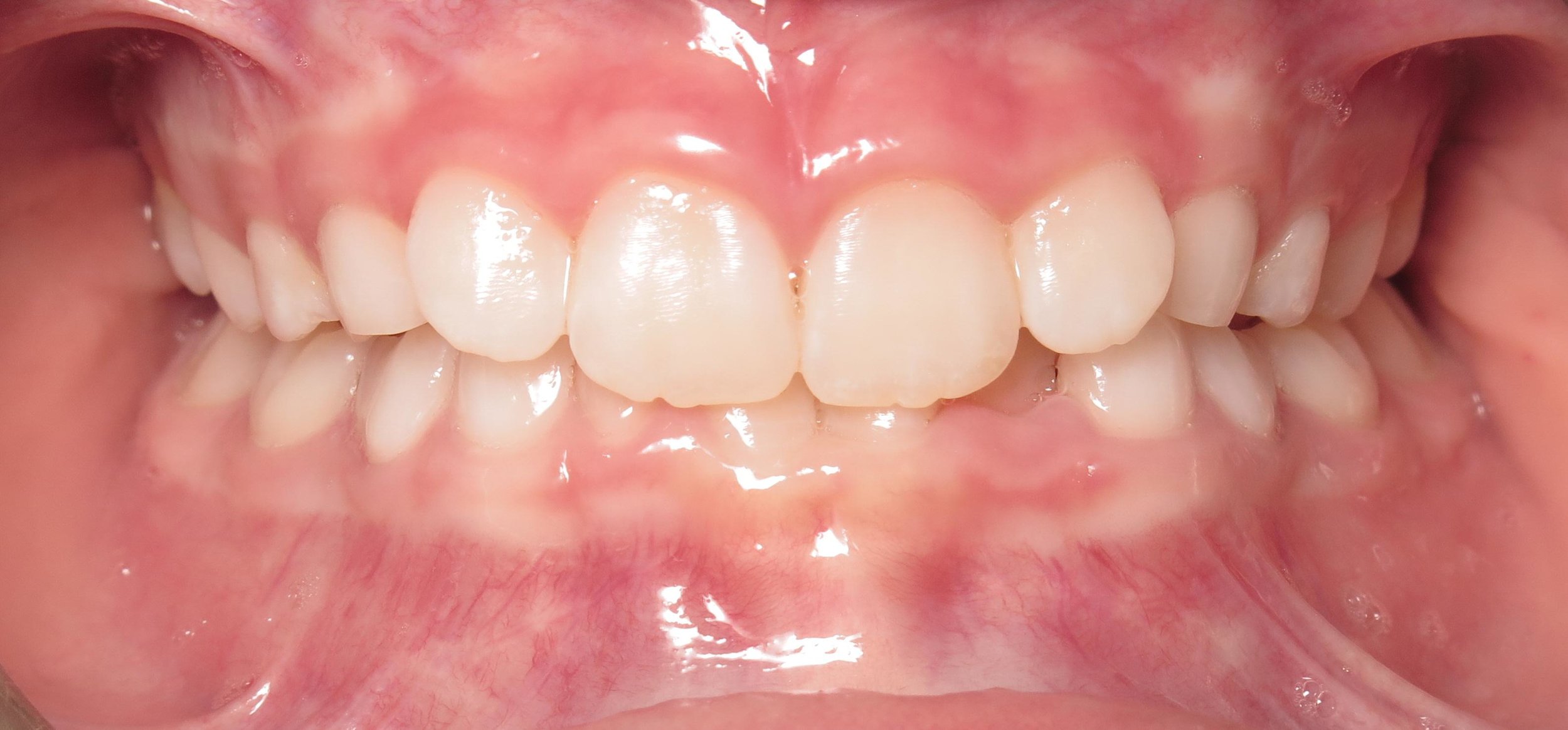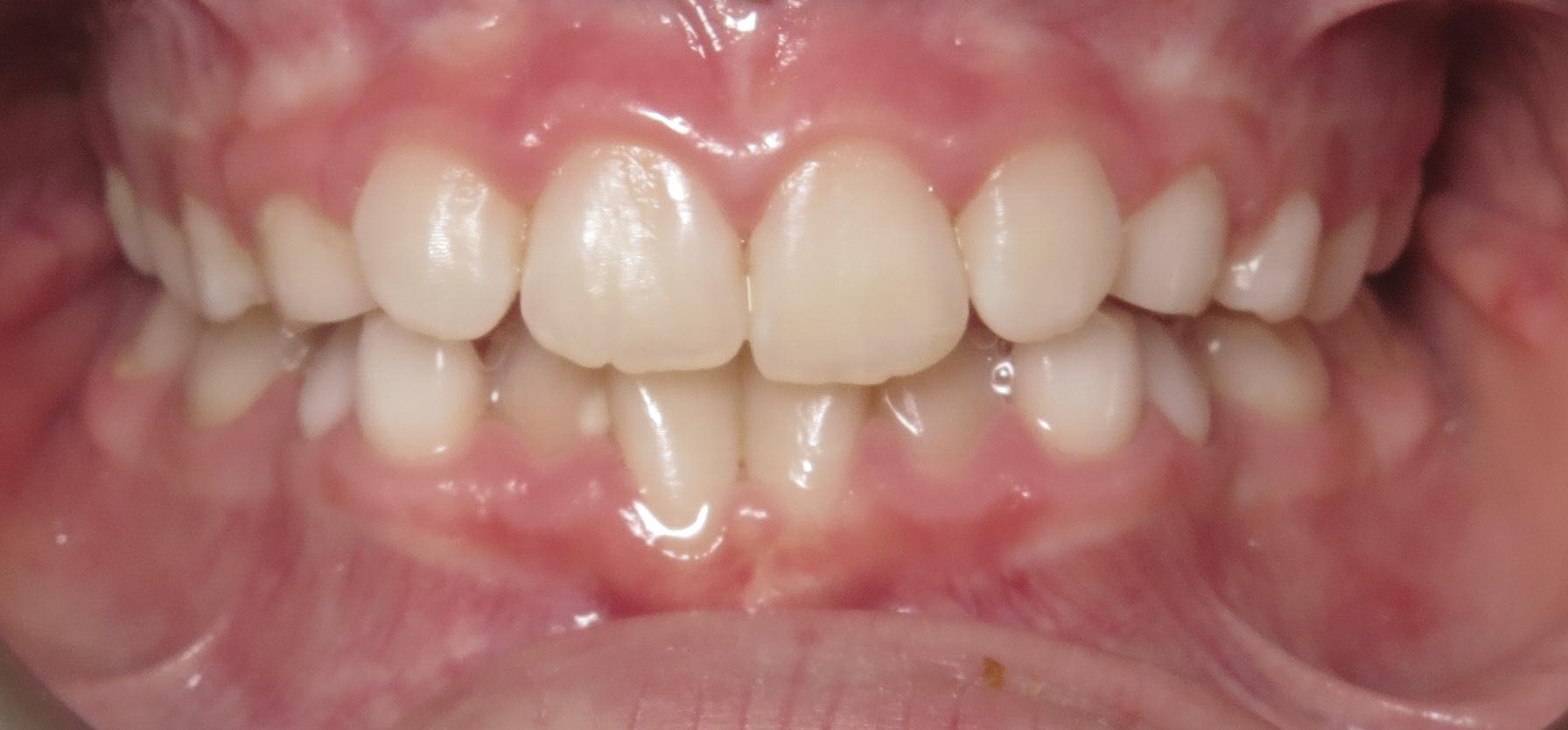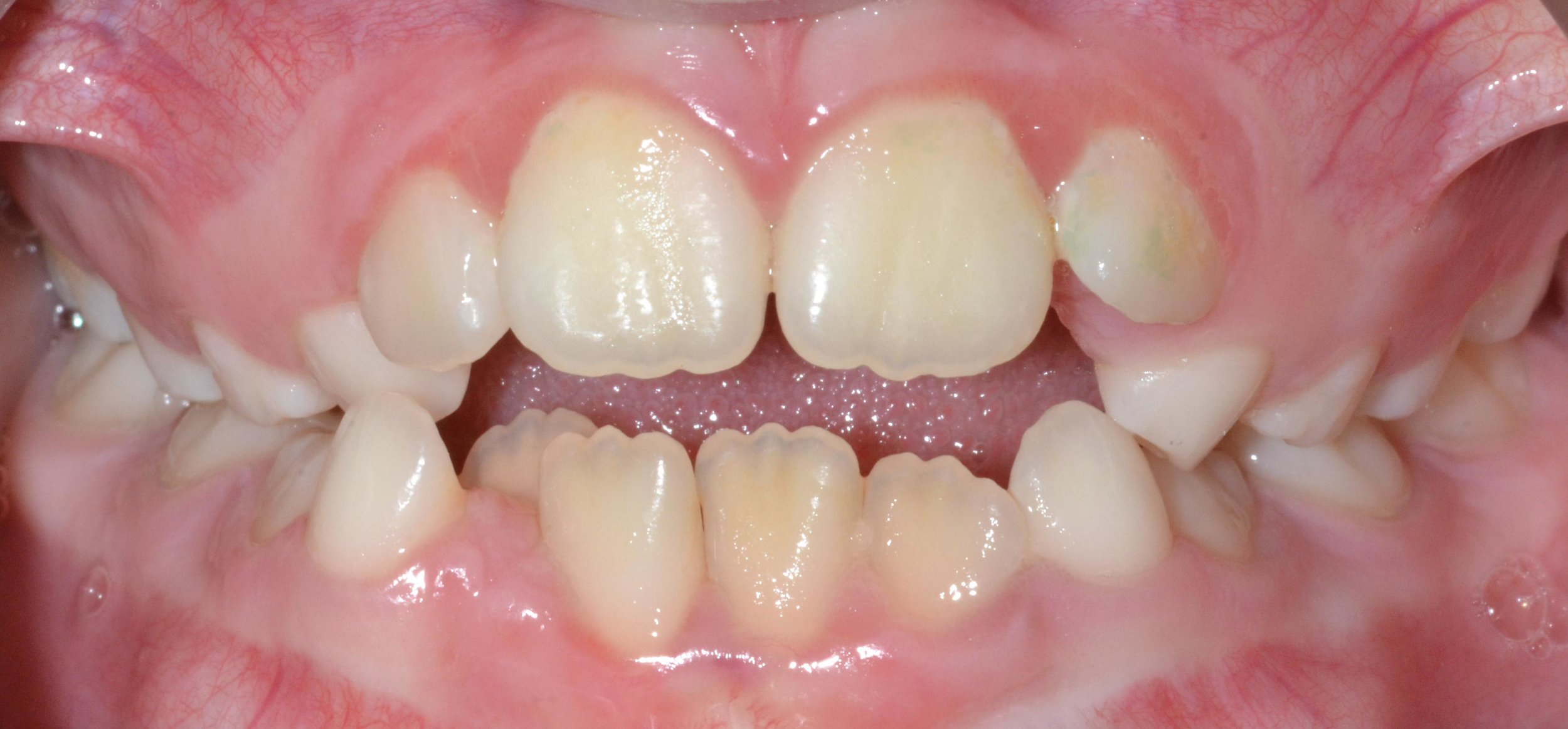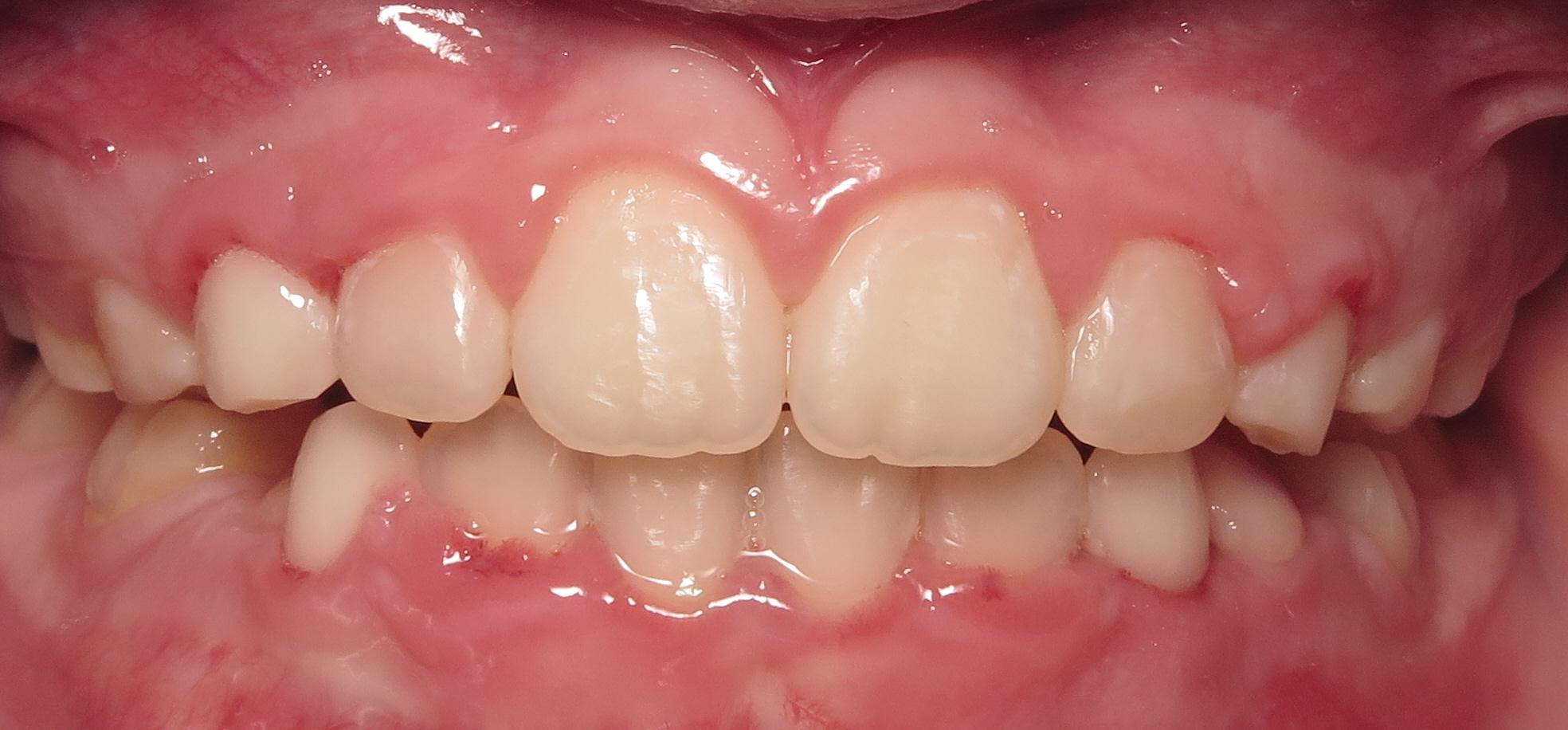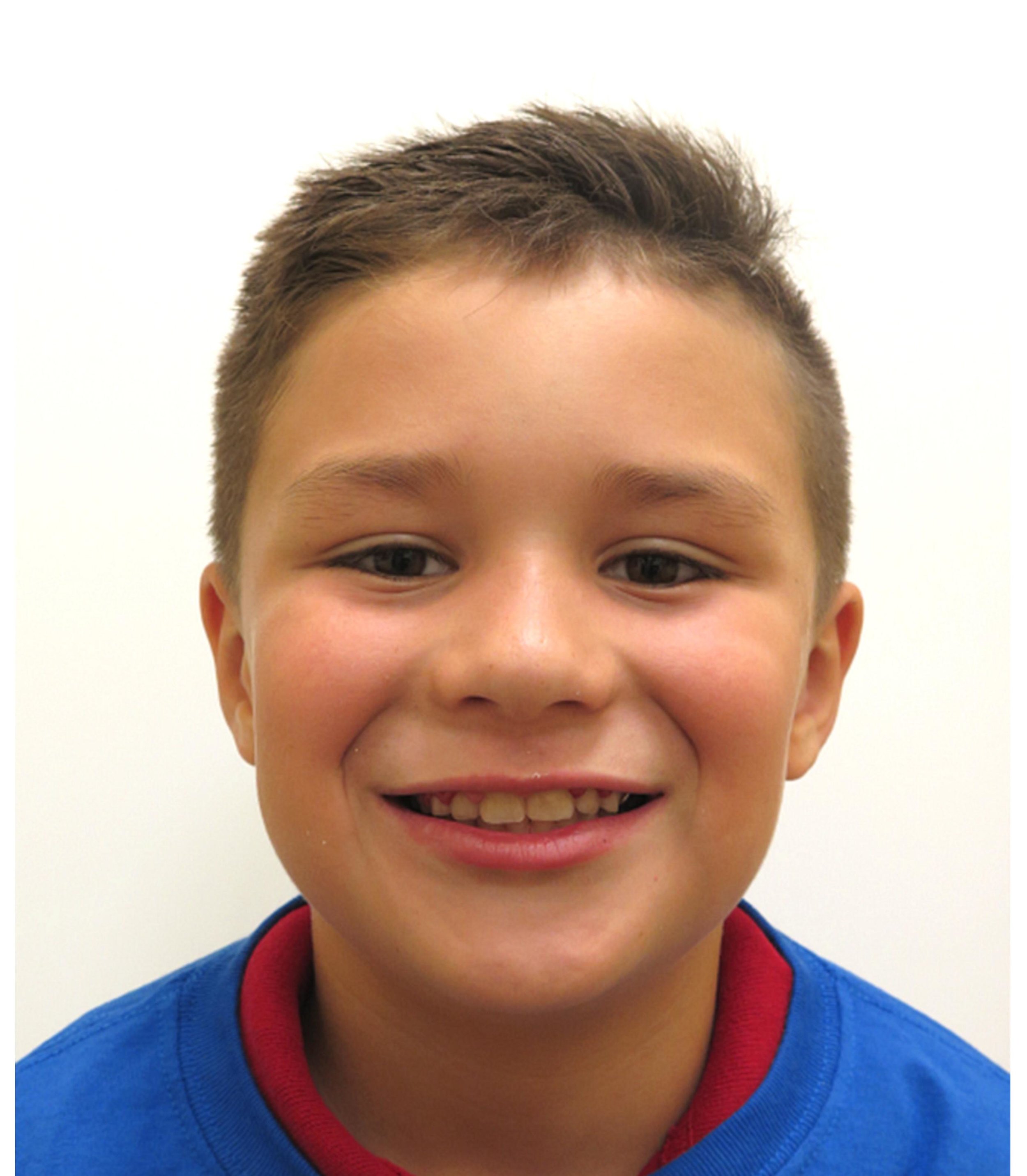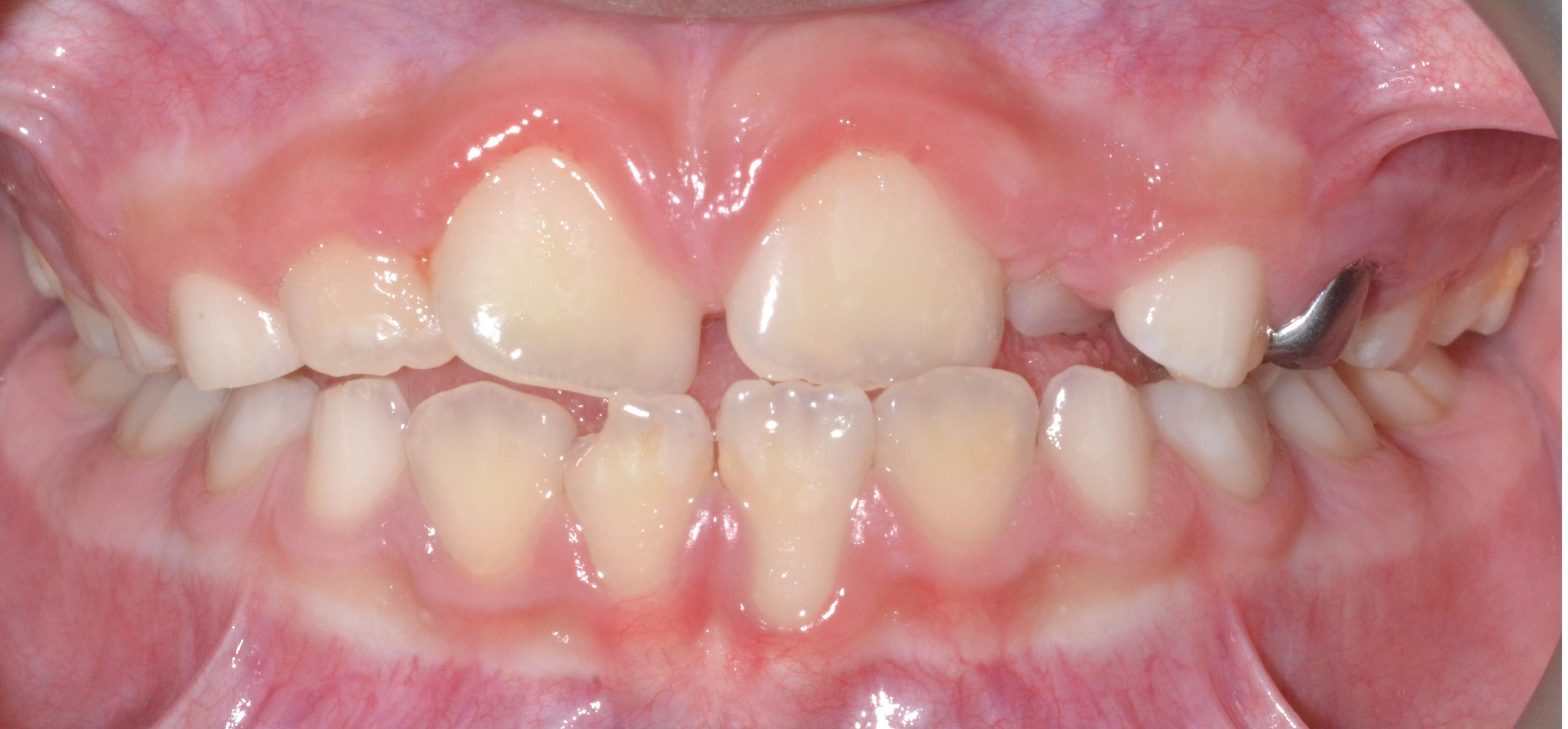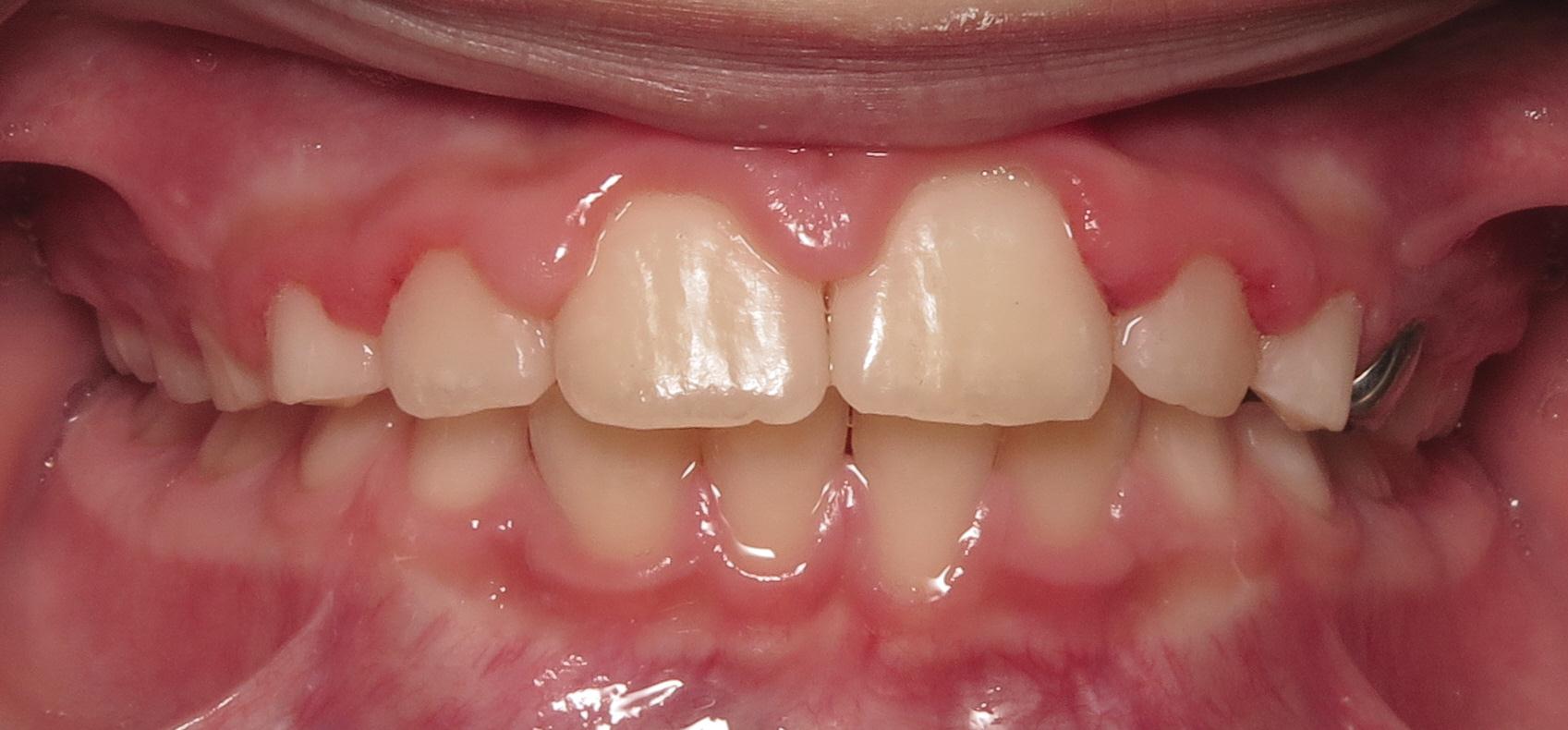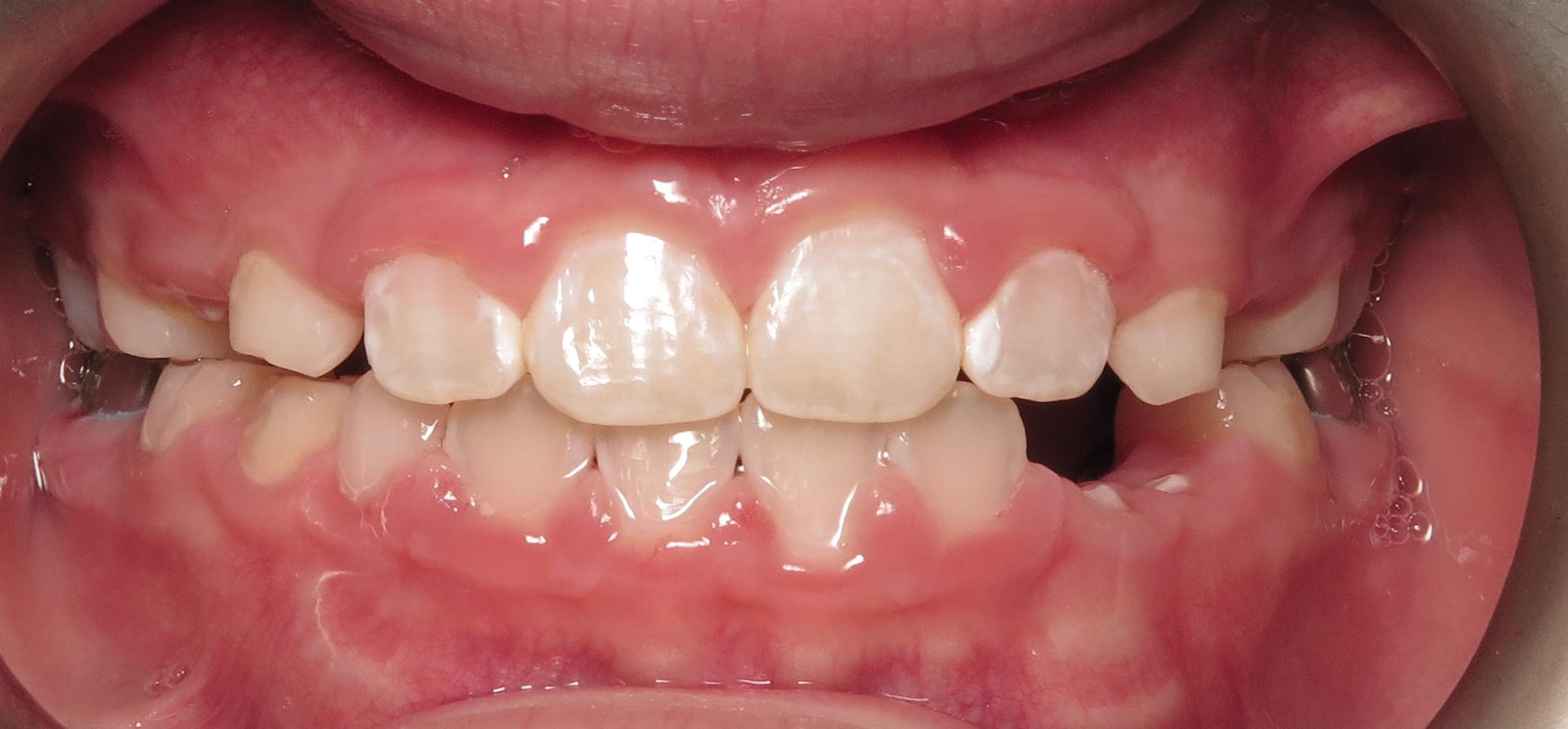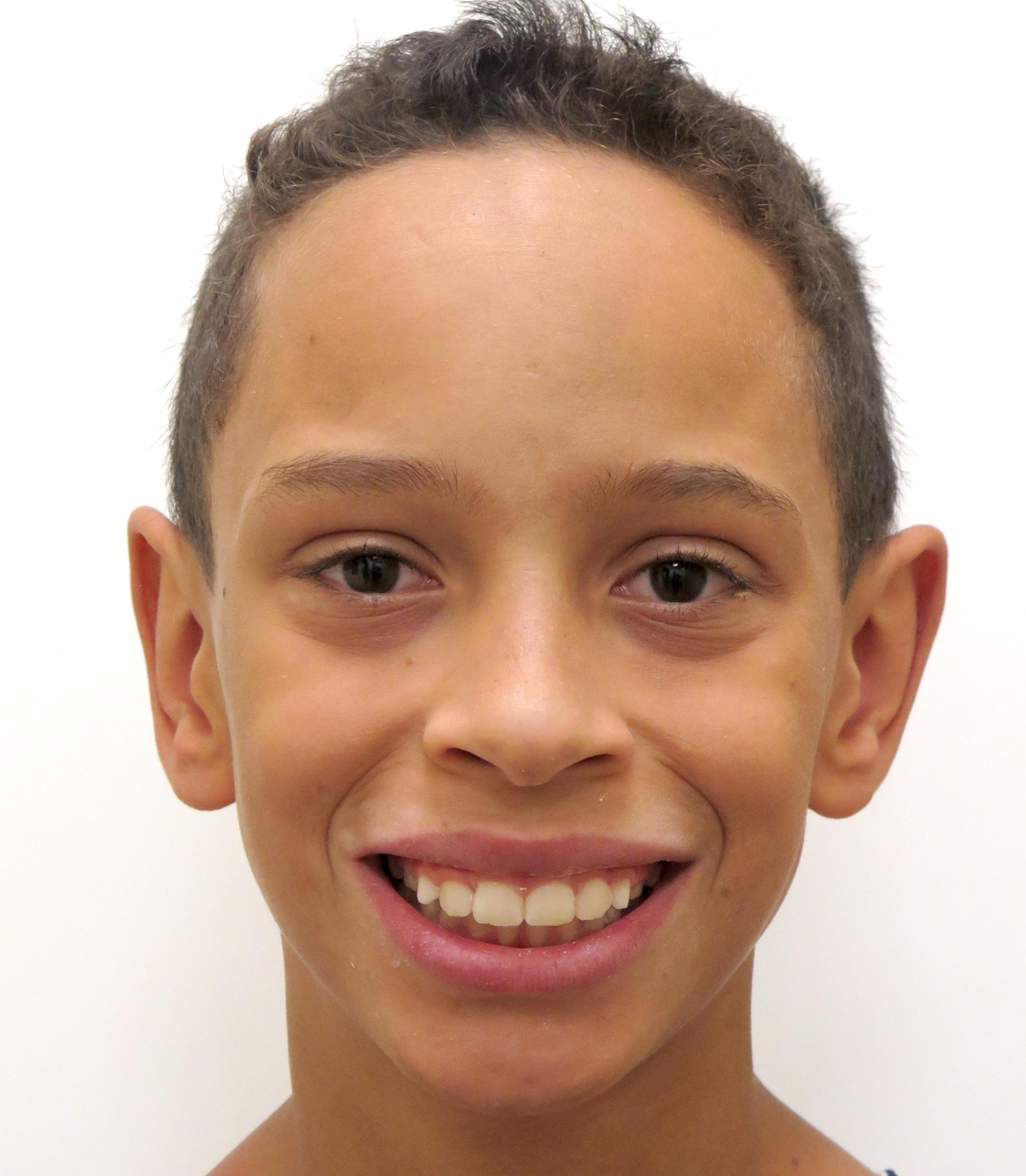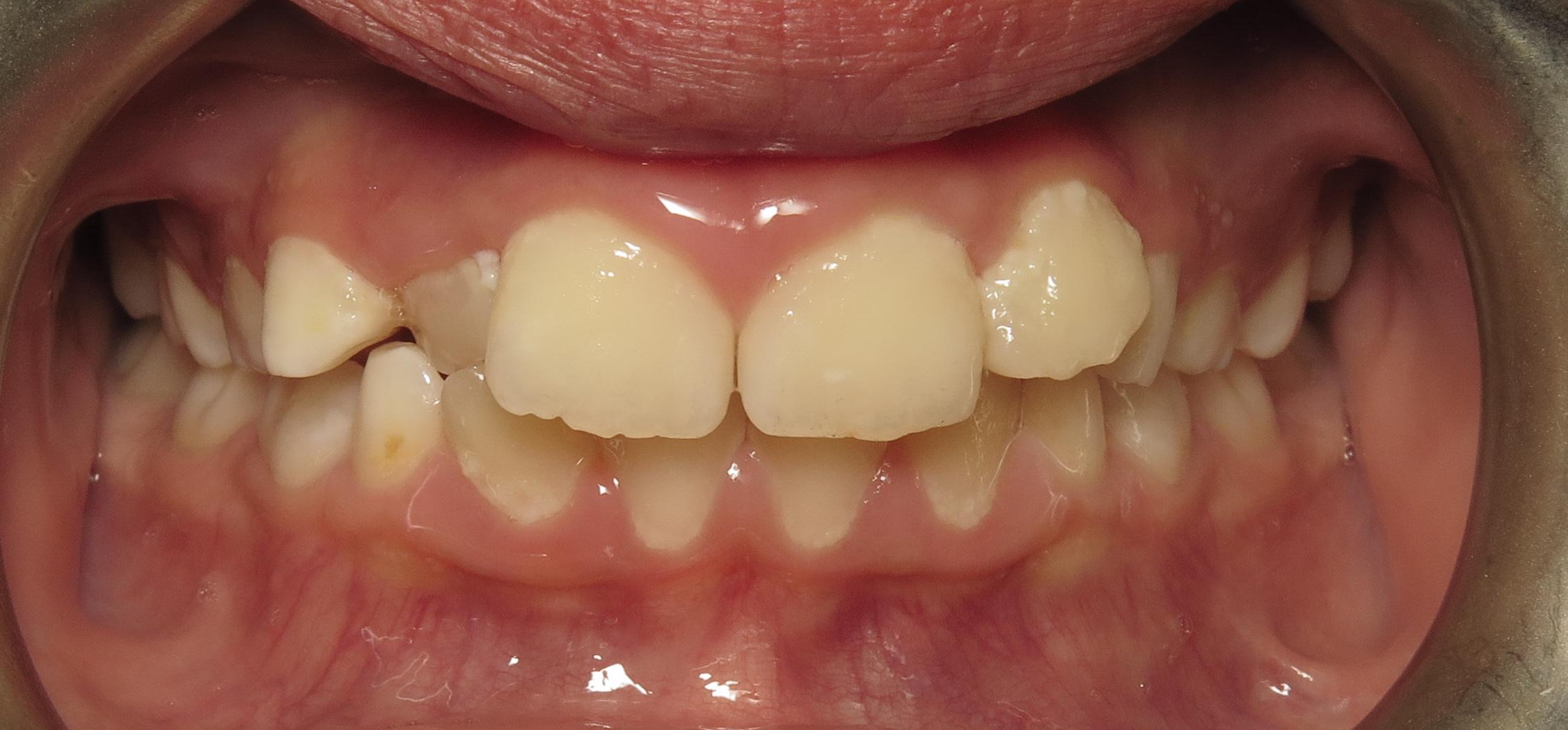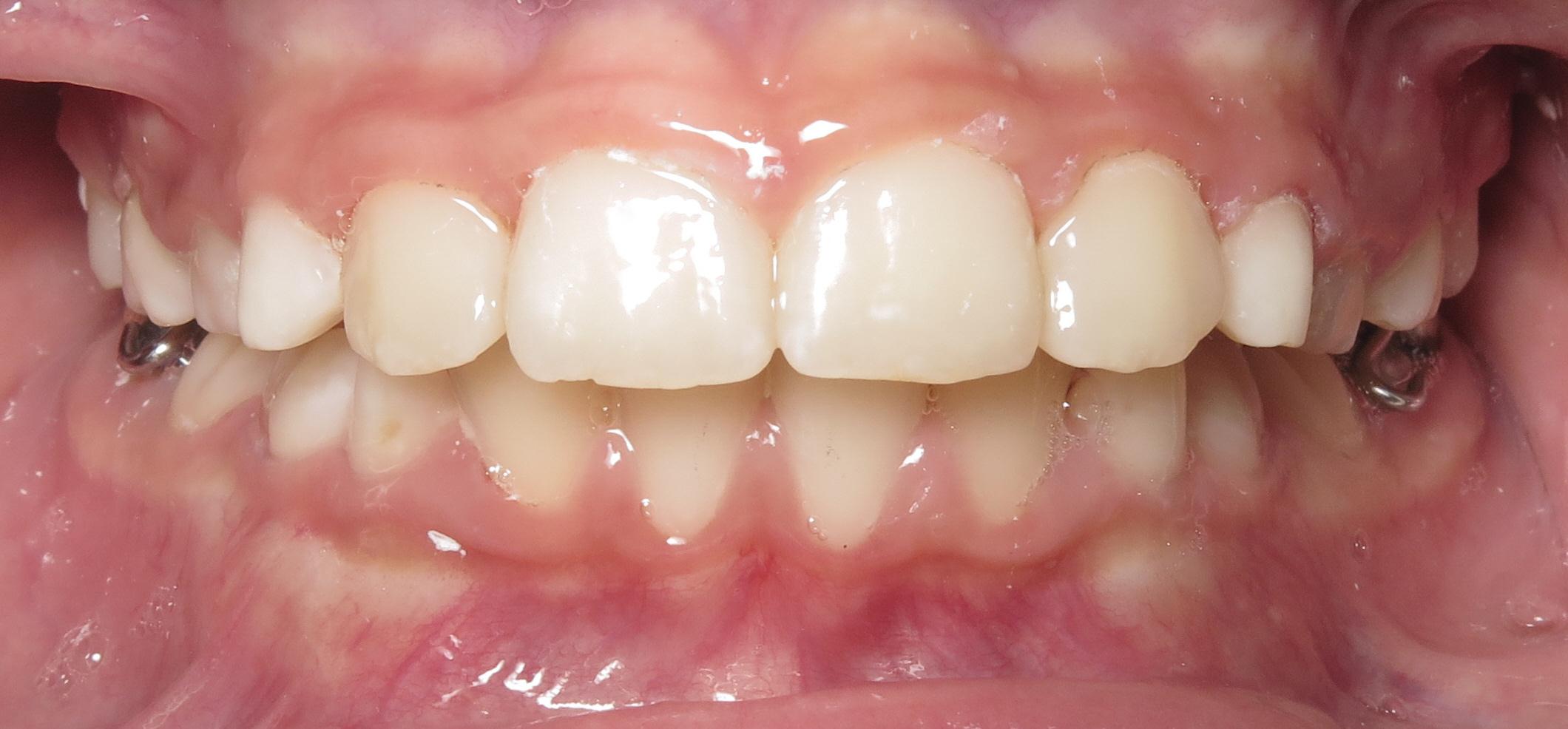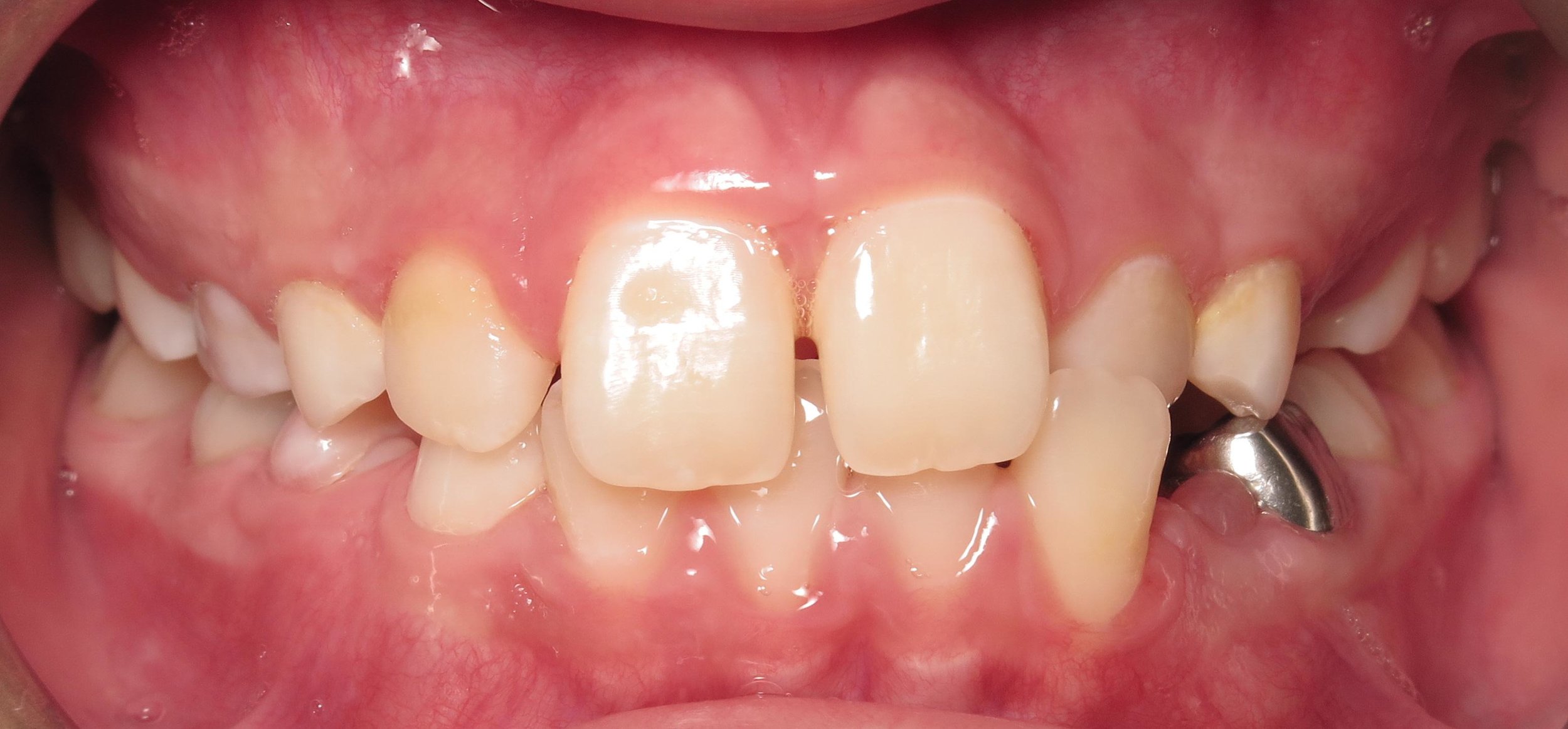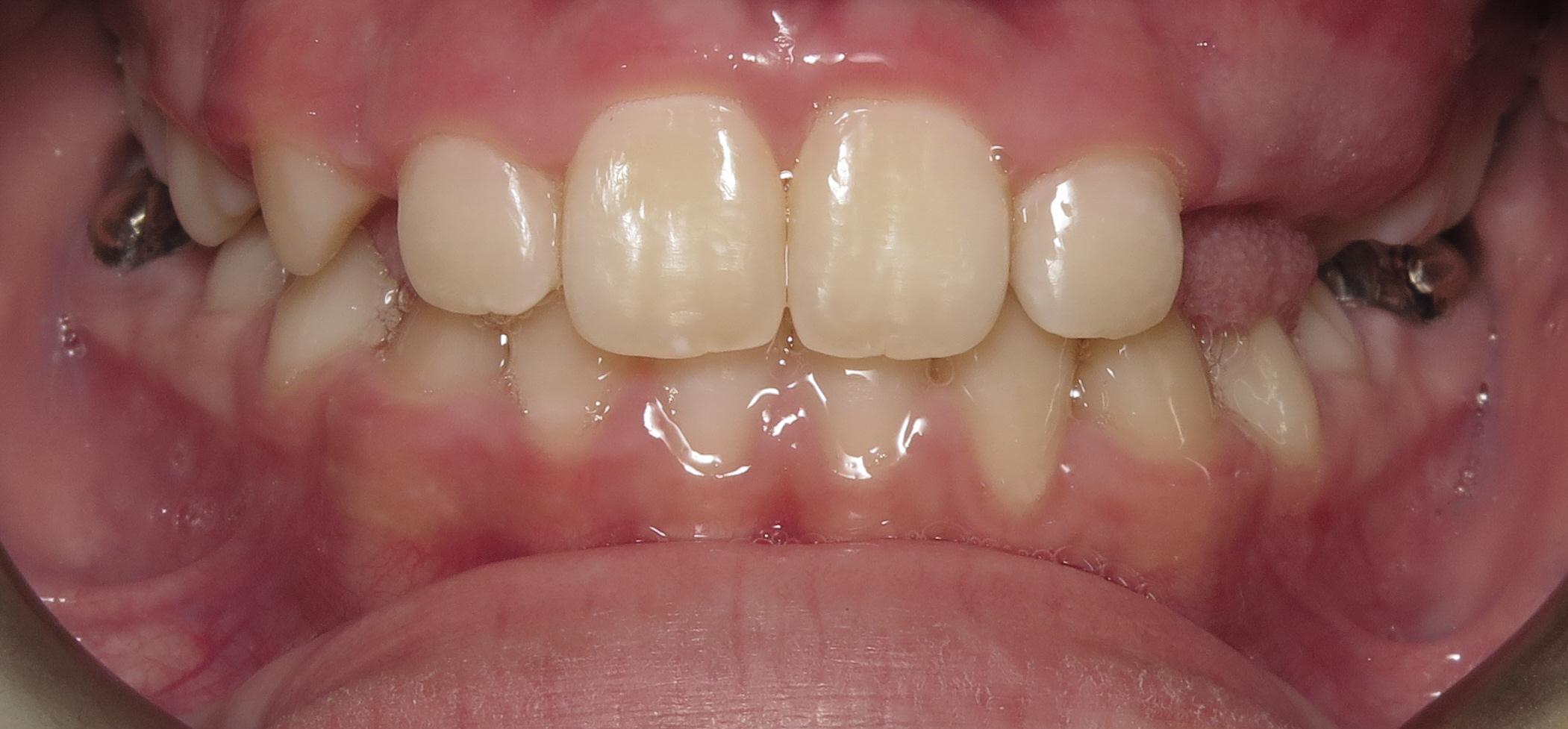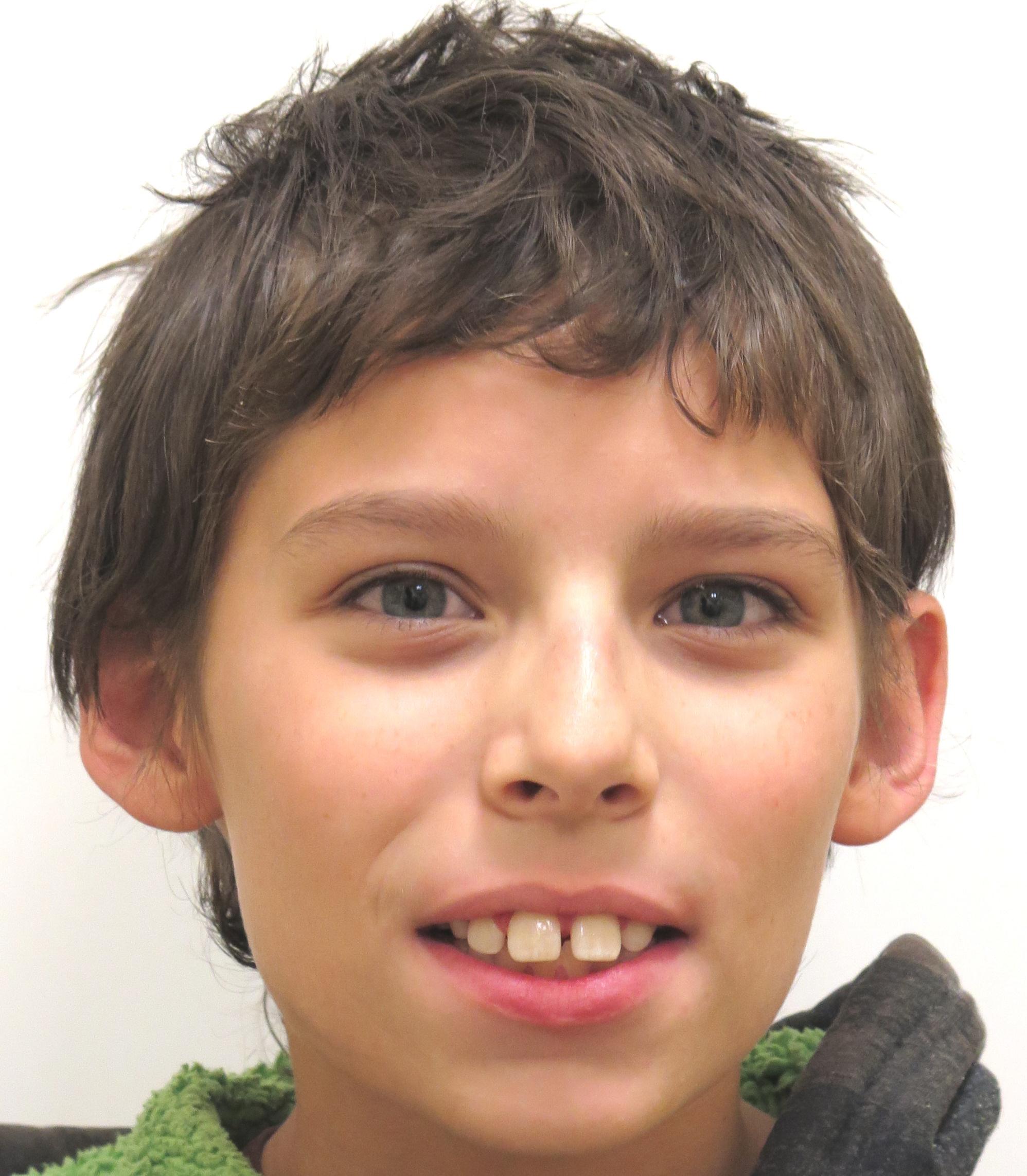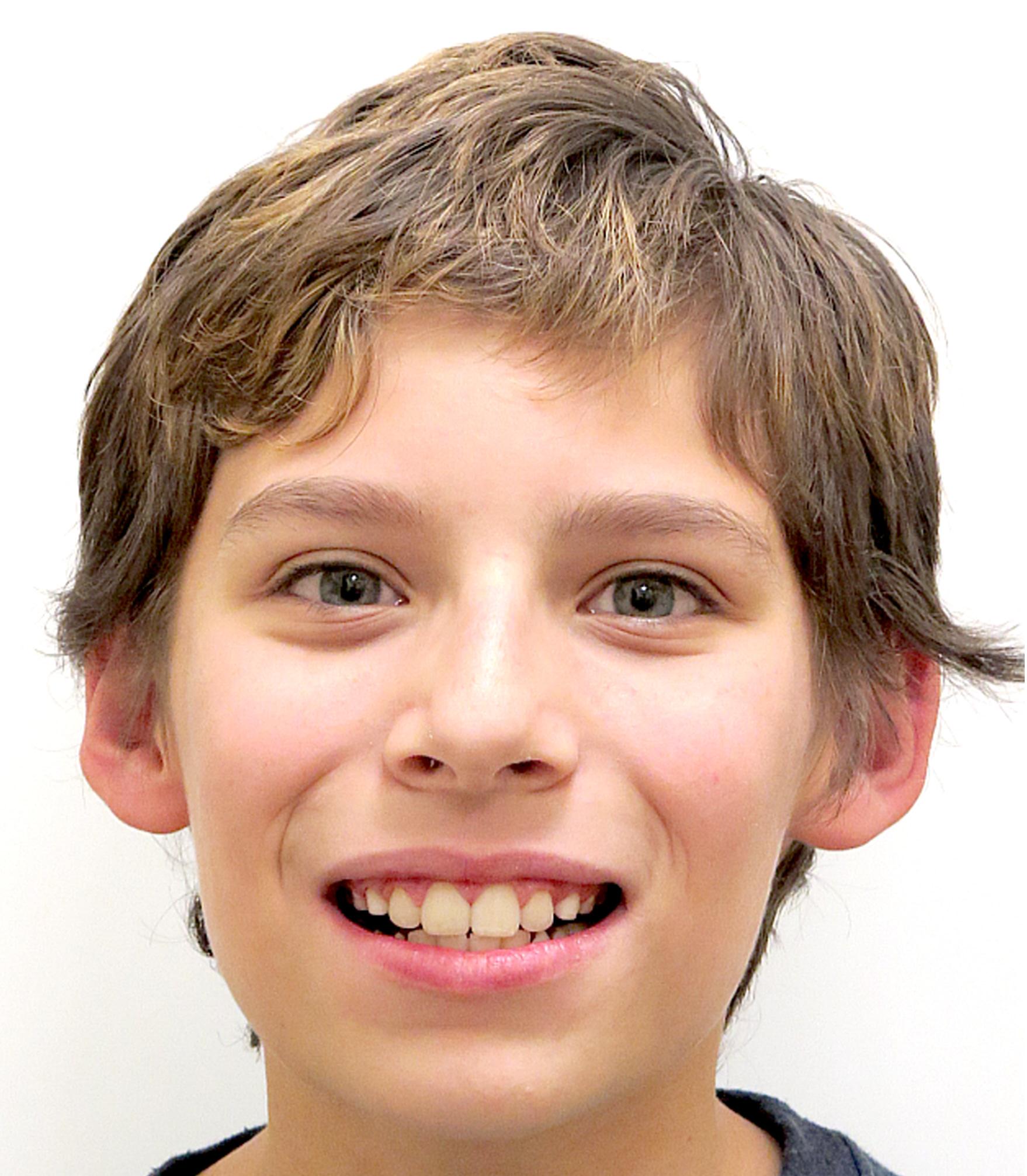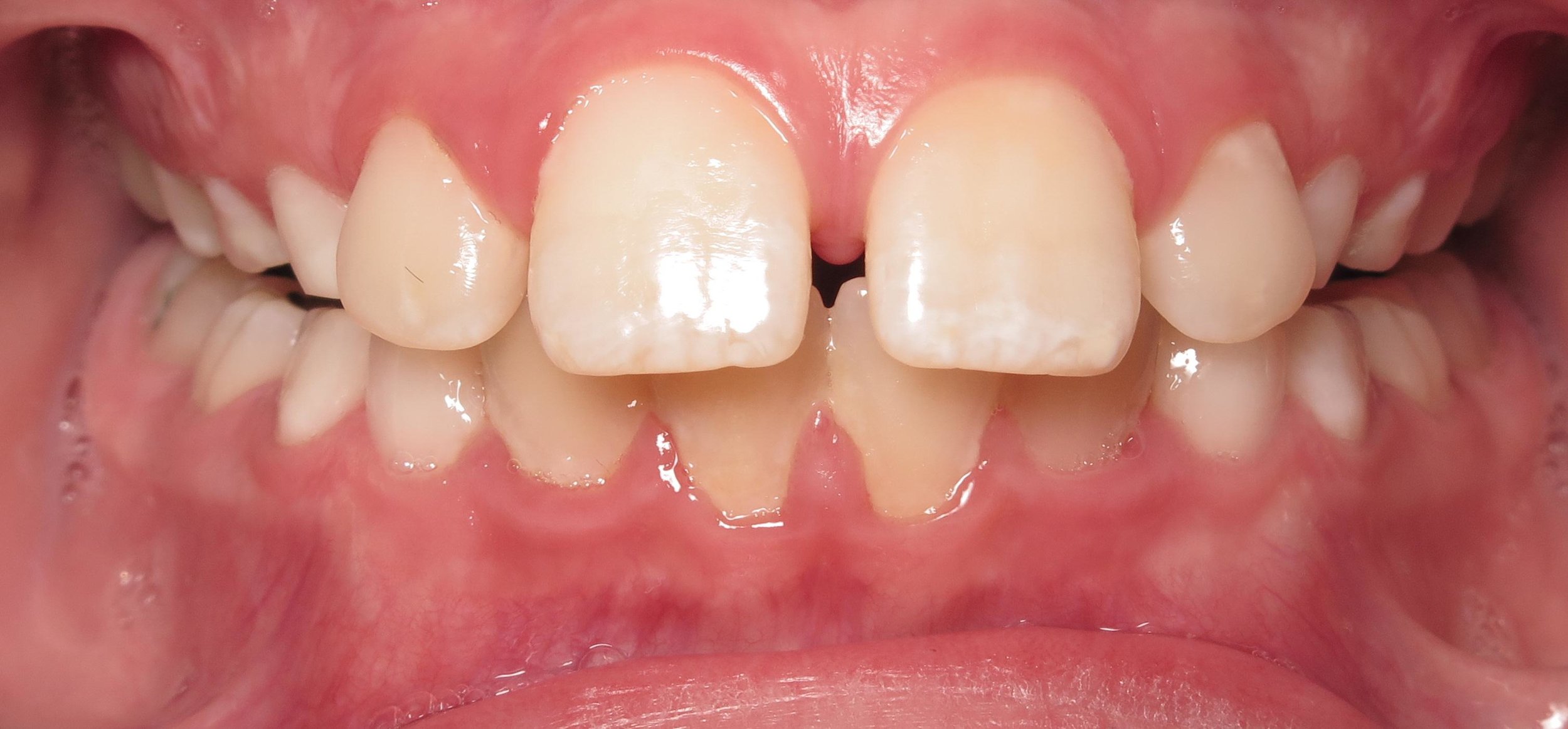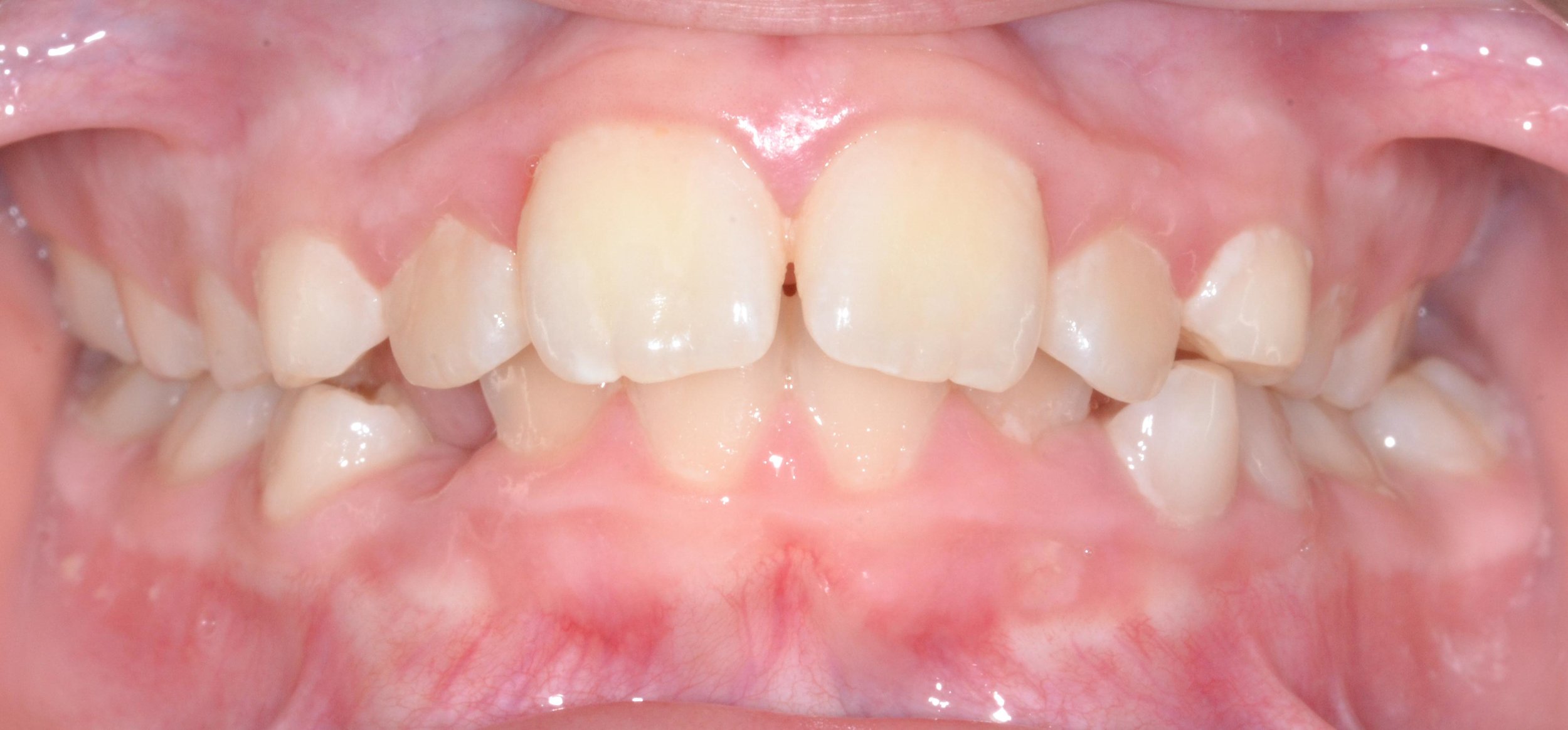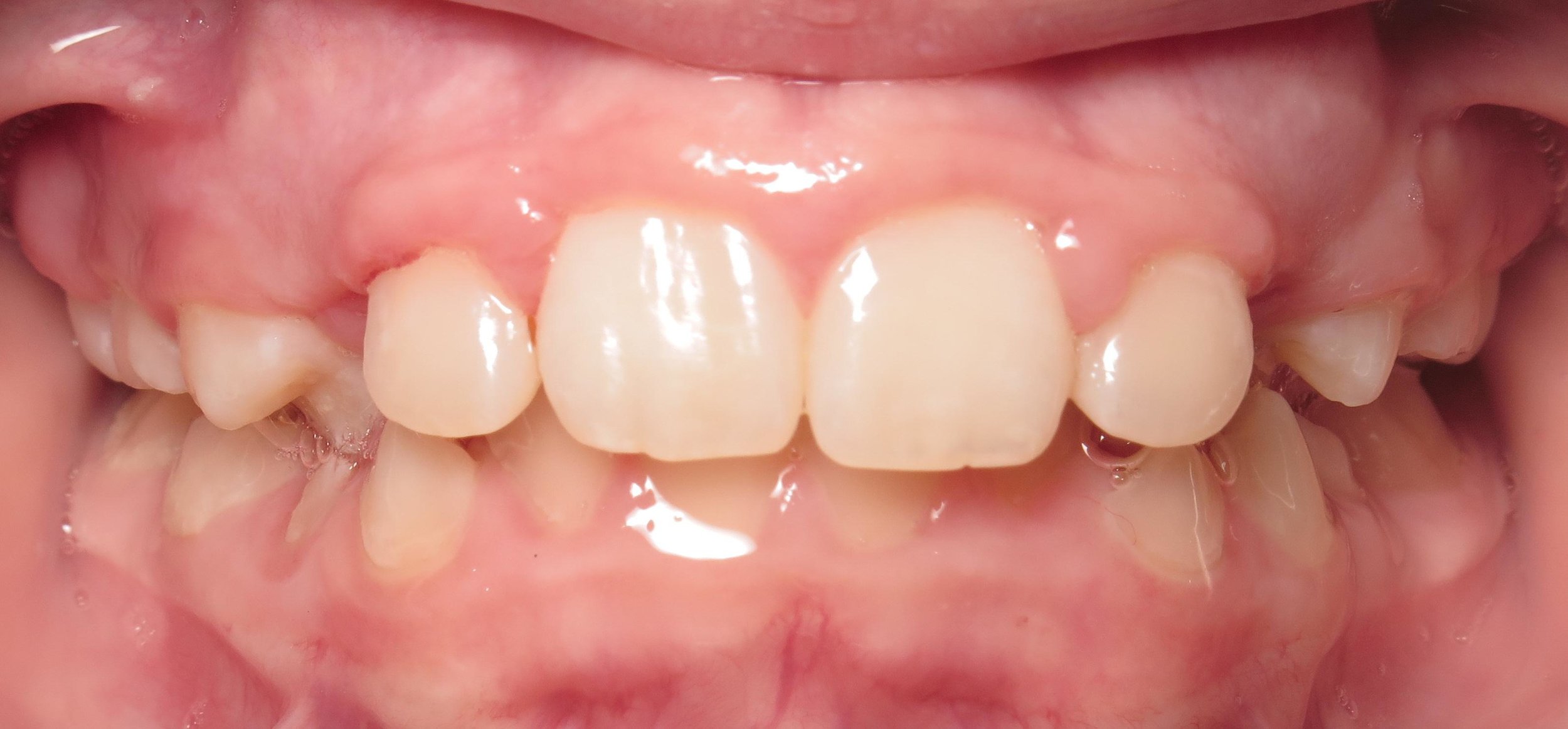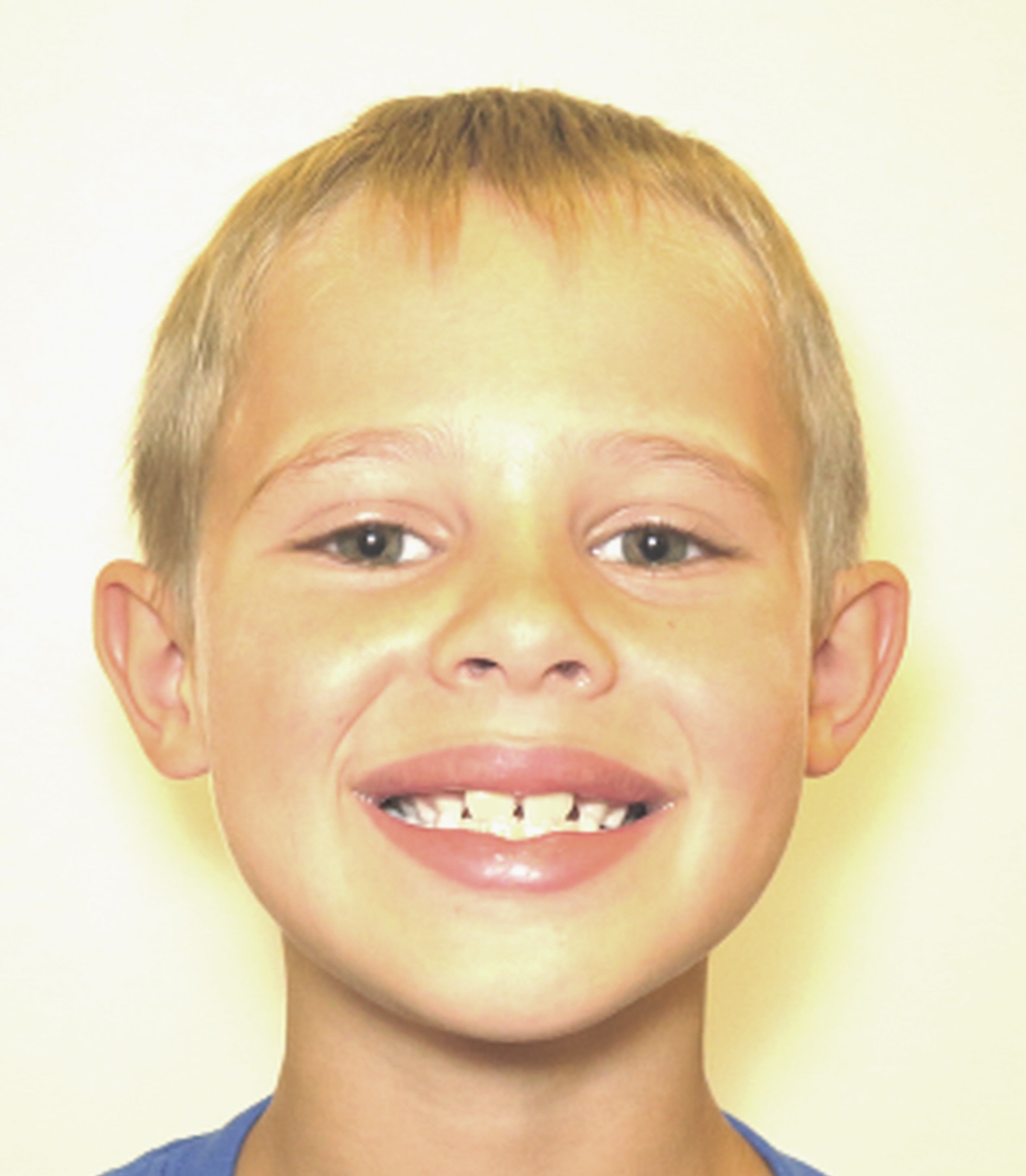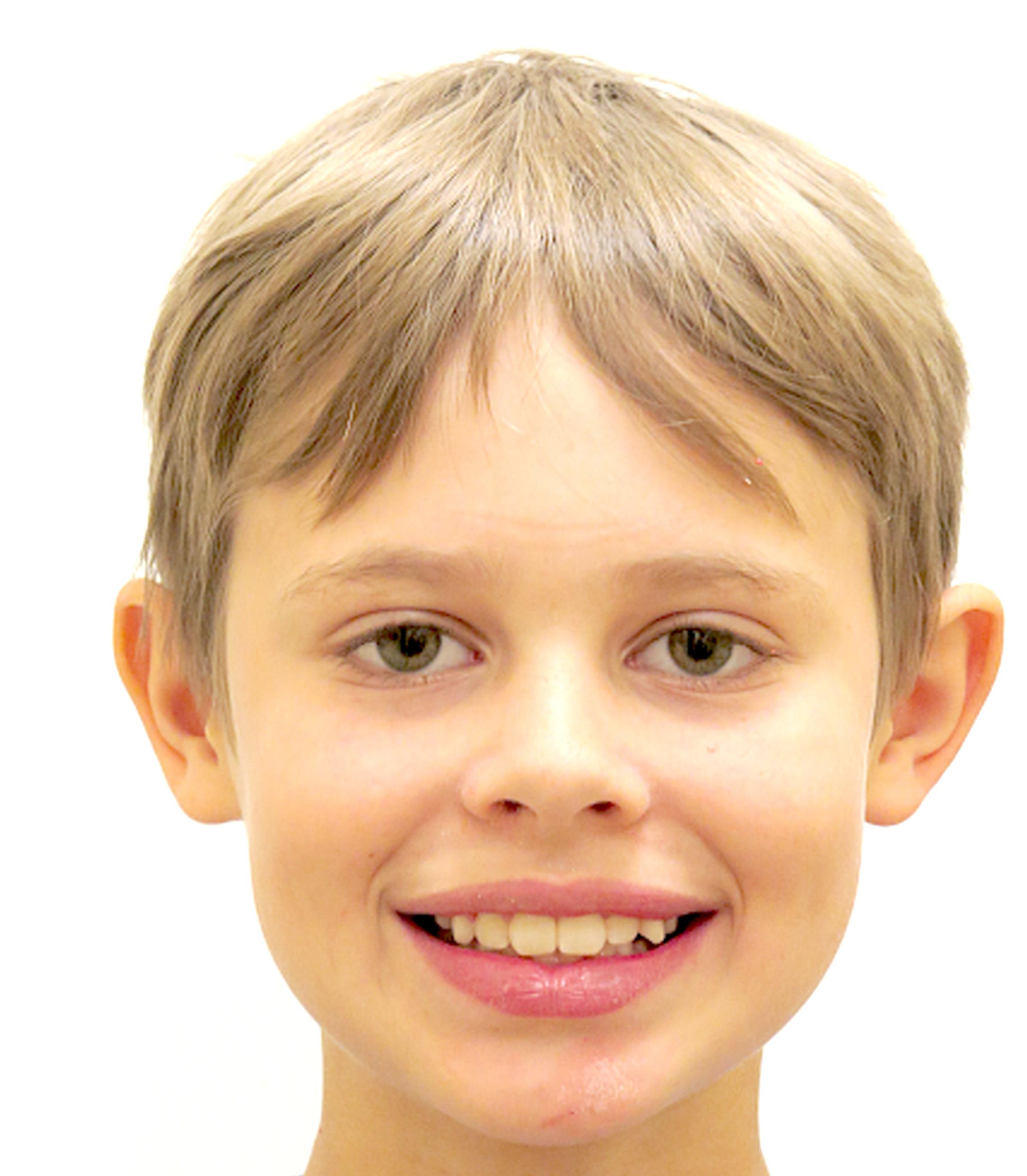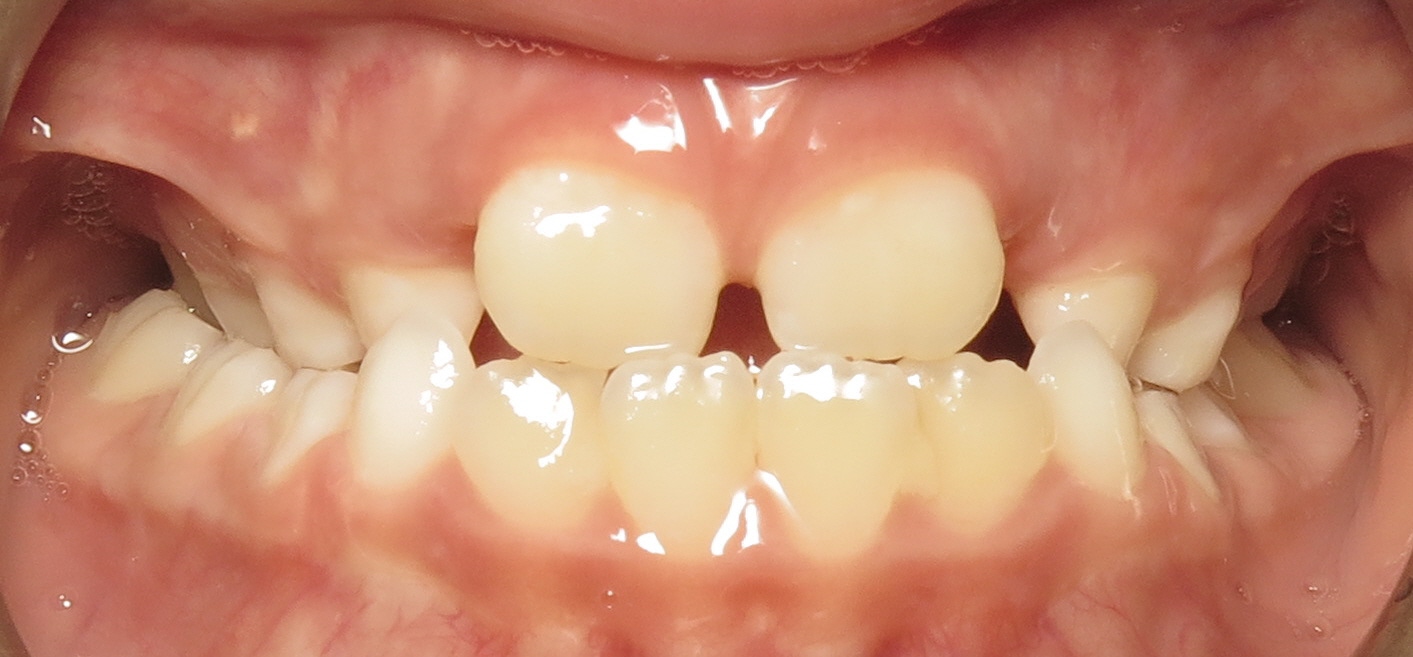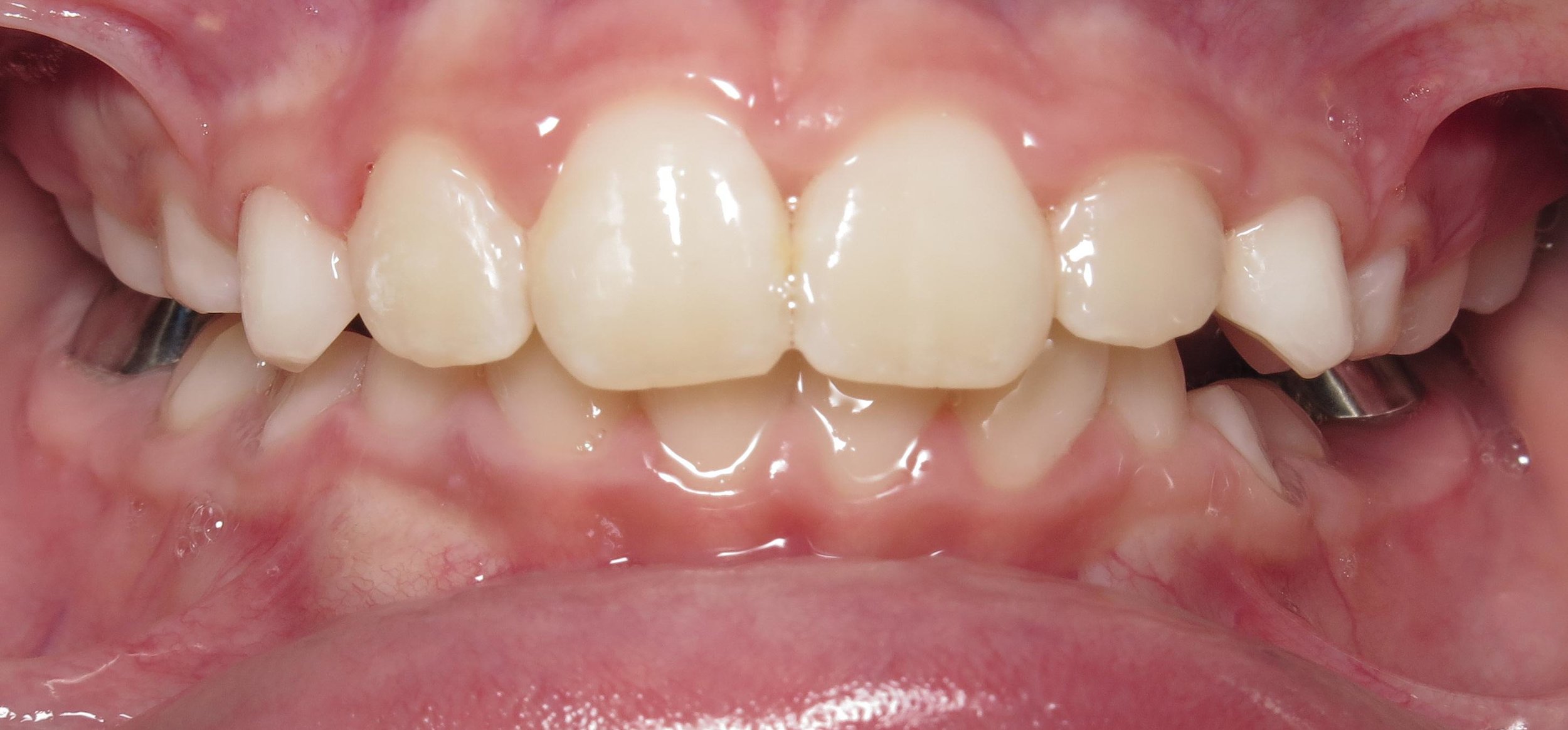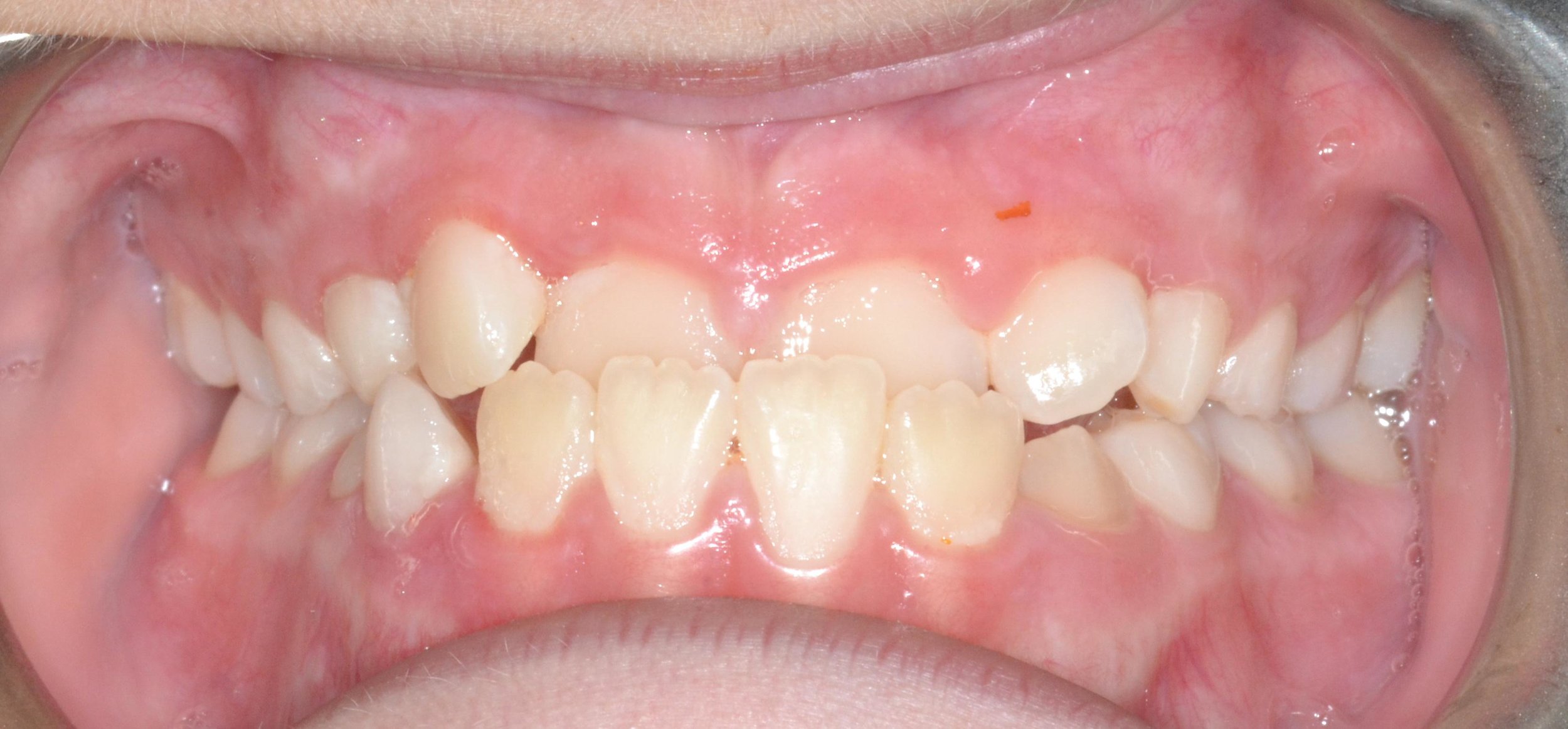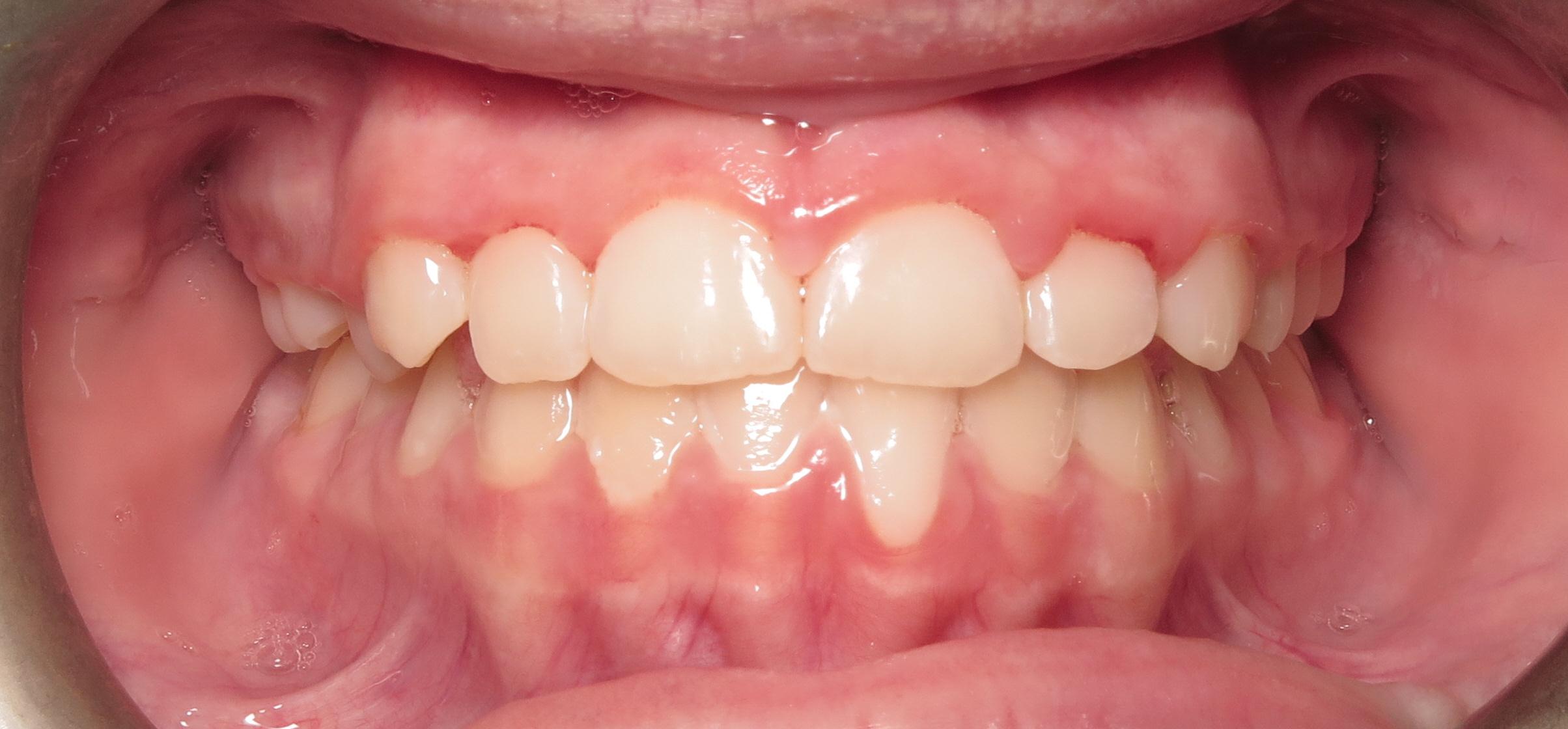For children
When should I bring my child to an orthodontist?
The American Association of Orthodontists recommends that children see an orthodontist as early as age seven. At this point the orthodontist will evaluate whether your child will need orthodontic treatment.
Early treatment (also known as Phase One) typically begins around age eight or nine (Phase Two will begin around age 11 or older). The goal of early treatment may include expansion of the upper jaw for crowding or airway concerns, modification of the upper jaw to treat an underbite, and correcting crowding or crossbites that can cause permanent damage to teeth if left uncorrected.
Early treatment typically allows for two shorter phases of treatment rather than one long and difficult phase of treatment (this also reduces risk of decay and possible root or gum tissue damage). Your CCO orthodontists will explain why and when early treatment is recommended, and we are always available to answer any specific questions that come up.
why would my child need early treatment?
- Early or late loss of baby teeth (your child should typically start losing teeth around age five, and will have all permanent teeth around age 13)
- Difficulty chewing and/or biting
- Mouth breathing
- Your child continues sucking his or her thumb after age five
- Speech impediments
- Protruding teeth (the top teeth and the bottom teeth extend away from each other)
- Teeth that don't come together in a normal manner or even at all
- Shifting of the jaw when your child opens or closes his or her mouth (crossbites)
- Crowded front teeth around age seven or eight
What causes orthodontic problems, and why not wait until all baby teeth fall out to see the orthodontist?
Orthodontic problems such as crowding of the teeth, too much space between the teeth, jaw growth problems, protruding teeth, and bad bites can be inherited or caused by injury to the mouth, early or late loss of baby teeth, or thumb-sucking habits.
Most children lose all their baby teeth by age 13, and by the end of their teen years, the jaw bones will harden and stop growing. In certain cases where early treatment is indicated, the goal of early treatment is to expand or enhance jaw growth while this is still feasible. Waiting for orthodontics until after baby teeth fall out in those situations may lead to longer more difficult orthodontic treatment later as well as increased likelihood of needing tooth extraction(s) or oral surgery. Receiving early orthodontic treatment as a child when indicated by your orthodontist allows for two shorter phases of orthodontic treatment (once with baby teeth to improve jaw growth and then later with all adult teeth for final alignment). This proactive approach can help prevent or minimize the need for orthodontics as an adult while avoiding the need for tooh extractions or surgery in the future.
If your child is between the ages of seven and eight and shows signs of needing orthodontic care, or if you have been directed by your family dentist to visit the orthodontist, please contact our practice and schedule an appointment. Our team will provide your child with an initial exam, and discuss with you the best next step for caring for your child's smile.
